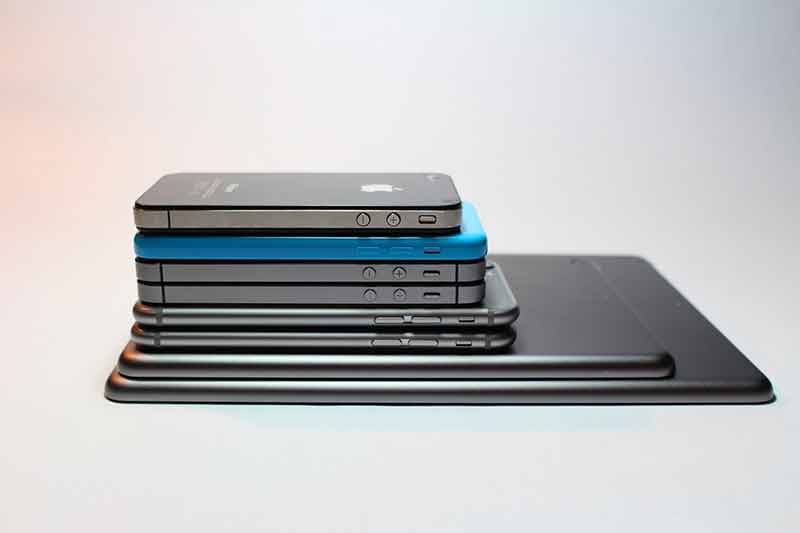Smartphones all emit waves as we well know. However, some models are more harmful than others. This is simply calculated using an index called the SAR (Specific Absorption Rate).
Among the different types of waves, we calculate the V/m (volts per meter) and this indicator is rather worrying when we see what our smartphones send. However, today we are going to focus on the SAR which is expressed in W/Kg (Watt per Kilogram). The waves penetrate your brain up to a certain point. Beyond 5W/Kg, the whole of your brain is crossed by the waves, but there we have already exceeded the limit of the danger.
This is the power of the waves that are sent continuously when you call. In France, the maximum authorized limit for SAR is 2W/Kg. Some respect it, some others have a little more trouble.
Why do I need to protect myself from screen light?
Summary
How can you be sure?
All manufacturers are required to indicate the value, more or less wholesale, in their advertisements. Except that not all manufacturers advertise on TV. This is the case of Xiaomi which recently, with its Redmi Note 5 who saw his DAS graze the 3W/Kg. Which is in theory prohibited with us.
How was Xiaomi able to continue to market its smartphone like this? Quite simply because the problem was related to a software update. By correcting this « bug » in a patch, the brand has drastically reduced the SAR of its smartphone.
Moreover, Europe protects us. Indeed, the legislation forces all manufacturers to integrate hands-free kit with their smartphones. Thus, the waves emitted are greatly reduced, and once placed on the desk with your headphones, your smartphone is much less dangerous.
good and bad students
If we had to name good students, we can already start with Samsung. Indeed the Korean and world number 1 has a habit of offering smartphones with very low SAR generally not exceeding 0.5W/Kg. We can also note smartphones from Asus or the Huawei Mate 20.
In the bad students, we find the very famous OnePlus 6T, the Google Pixel, some Honor smartphones and a lot of Xiaomi. The iPhone is in the middle with around 1W/Kg. It would be appreciable for this point, that Apple copies a little on Samsung in order to reduce the waves.
How to protect yourself from it?
Protecting yourself from the waves on your smartphone is not always easy. If ladies can put them in their handbag, for men, it’s more complicated. Because very often, men put their smartphone in their pocket and the keys in the other. It is also a bad idea.
The waves from your phones are electromagnetic, and your keys don’t help any of that. In winter you can put it in your coat pocket, but not in summer. Then opt for the back pocket, being careful, or if possible, in the lady’s handbag. Be careful not to have 50 messages to send, in which case it could be annoying.
There are systems like fazup which allow to protect yourself from the waves of smartphones. These small electromagnetic patches to stick on the back are very practical. They only slightly reduce the quality of the network and greatly reduce the waves you receive.
However, be careful to check the price first, a patch sold for €2 is a complete scam. Also be careful to check the compatibility of the patch with your smartphone. For example for the model mentioned above, the Mate 20, Fazup is not yet compatible.
You will have understood that it is important to protect yourself from the waves of your smartphone. Calling with headphones, preferably wired, is already a good idea. Using Wi-Fi systems like WhatsApp, Messenger, Skype, … is also an interesting idea, cutting you off the airwaves, but not radical. Choose a basic low-emission smartphone.
Finally, be aware that even wireless, Bluetooth headphones radiate 500 times less than a smartphone glued to the ear. Opt for the right solution and preserve your health.




